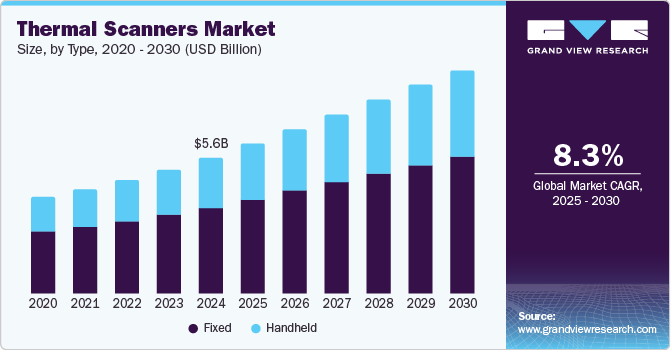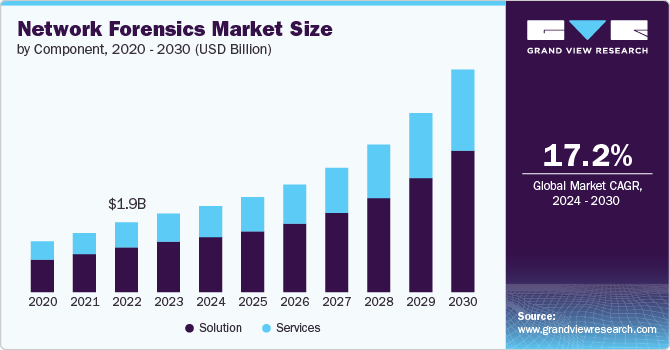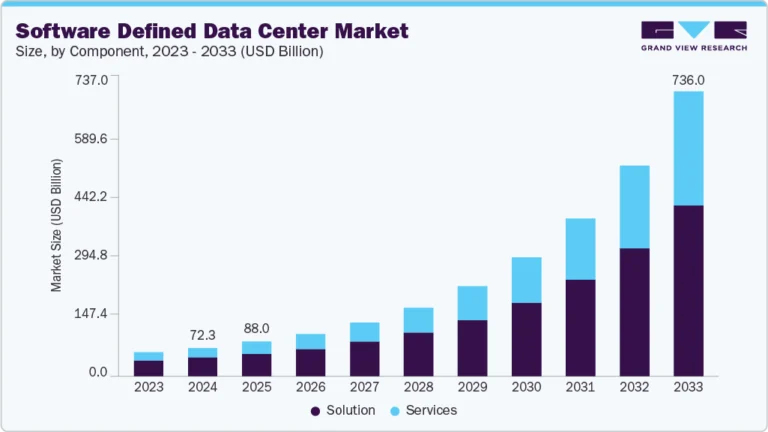Lighting Control System Market Size, Share, & Trends Analysis growing at a CAGR of 11.8% from 2024 to 2030

The global lighting control system market size was estimated at USD 32,929.5 million in 2023 and is projected to reach USD 76,690.8 million by 2030, growing at a CAGR of 11.8% from 2024 to 2030. The market is experiencing significant growth, driven by various technological advancements and increasing demand for energy efficiency.
Key Market Trends & Insights
- In terms of region, Europe was the largest revenue generating market in 2023.
- In terms of segment, hardware accounted for a revenue of USD 32,929.5 million in 2023.
- Hardware is the most lucrative component segment registering the fastest growth during the forecast period.
Market Size & Forecast
- 2023 Market Size: USD 32,929.5 Million
- 2030 Projected Market Size: USD 76,690.8 Million
- CAGR (2024-2030): 11.8%
- Europe: Largest market in 2023
Request a free sample copy or view report summary: https://www.grandviewresearch.com/industry-analysis/lighting-control-system-market-report/request/rs1
Governments and private sectors are heavily investing in intelligent lighting systems that reduce energy consumption, lower operational costs, and contribute to sustainability goals. The integration of IoT (Internet of Things) in lighting control systems allows for automated and remote management, which further enhances efficiency and user convenience.
The market is expected to witness significant growth during the forecast period owing to the rising demand for connected homes and commercial spaces. The shift towards LED lighting, which is more energy-efficient and durable, is creating a substantial demand for advanced lighting control solutions. Additionally, there is a growing interest in human-centric lighting, which adjusts the intensity and color temperature based on the time of day to improve well-being and productivity. This is opening new avenues for innovation and market expansion.
The increasing adoption of energy-saving initiatives by the governments worldwide, advancements in wireless communication technologies, and the rising awareness among consumers regarding the benefits of smart lighting solutions is further boosting the growth of the market. The demand for lighting control systems is also bolstered by stringent building codes and regulations that mandate energy-efficient solutions in both residential and commercial sectors.
In recent years, the market has seen a shift from traditional wired control systems to wireless and hybrid systems. The advent of cloud-based solutions has enabled real-time monitoring and control, which is now a standard feature in modern lighting control systems. Another trend is the increasing use of AI and machine learning algorithms to optimize lighting conditions based on environmental factors and usage patterns, offering personalized and adaptive lighting experiences.
The market is increasingly focused on ensuring the security of the data collected and transmitted by smart lighting systems. With the integration of IoT, these systems collect vast amounts of data, raising concerns about privacy and security. Regulations such as GDPR in Europe and CCPA in California have set strict guidelines for the handling of personal data. Companies in the lighting control system market are required to implement robust encryption methods, ensure data anonymization, and comply with these regulations to avoid penalties and maintain consumer trust.
Component Insights
The hardware segment accounted for the largest revenue share of over 56% in 2023. The increased adoption of advanced sensor technologies, such as occupancy sensors and ambient light sensors, which enhance the efficiency and functionality of lighting systems is driving the demand for hardware components in the market. These sensors enable automated adjustments based on real-time data, contributing to energy savings and improved user experiences. Further, the rising integration of smart switches and dimmers, which allow users to customize lighting settings remotely or via voice commands, is also driving growth in this segment. As smart homes and buildings become more prevalent, the demand for sophisticated hardware components that support seamless connectivity and automation is surging.
The LED segment of the lighting control market is experiencing significant growth in the hardware segment, primarily driven by the rapid advancements in LED technology and its superior energy efficiency compared to traditional lighting solutions. The transition from incandescent and fluorescent lighting to LEDs is not only fueled by their lower energy consumption but also by their longer lifespan and reduced maintenance costs.






